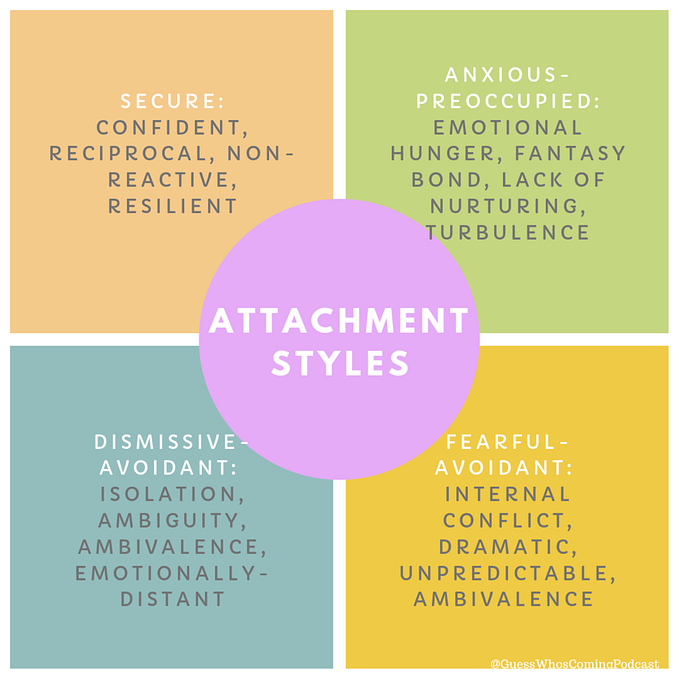How to order food in Korean? Essential Korean phrases in restaurants

Do you know how to order food in Korean? What do you say when you want more side dishes? Let’s learn some practical and useful Korean phrases using dialogues today!
Dialogue #1 — Getting a table
Waiter/Waitress: 어서 오세요. 몇 분이세요?
Welcome. For how many?
Customer: 2명이요.
A table for two, please.
Waiter/Waitress: 예약하셨나요?
Did you make a reservation?
Customer: 아니요.
No.
Waiter/Waitress: 10분 정도 기다리셔야 할 것 같습니다.
The wait is around 10 minutes.
Customer: 아, 네. 괜찮아요.
Alright, no problem.
After 10 minutes…
Waiter/Waitress: 테이블이 준비되었습니다. 이쪽으로 오세요.
The table is ready. Please come this way.
Explanation:
- Waiter/Waitress will say 어서 오세요 (Welcome!) when customers walk in the door
- 몇 분이세요? (For how many?) — 분 is an honorific unit. When we answer the question, we will not use the honorific unit 분 because we are talking about ourselves. Instead, we need to use 명. 명 is used with pure Korean numbers *Click here to read about the two sets of Korean numbers!
- 예약하셨나요? (Did you make a reservation?) — The waiter/waitress not only used the Subject Honorific (으)시, but also the 나요-ending. 나요-ending is an indirect and gentle way of asking questions.
- 10분 정도 기다리셔야 할 것 같습니다 (The wait is around 10 minutes.) — 정도 means “around” and “about”. The second half of the sentence 기다리셔야 할 것 같습니다 has two key points:
1) 기다리셔야 할 = Verb+야 하다. It means “must do” or “should do”.
2) 것 같습니다 = 것 같다. This usage is indirect and has a sense of taking a guess.
- 아, 네. 괜찮아요 (Alright, no problem.) — The 아 here doesn’t have a particular meaning. It’s similar to the English “Oh!”
- 테이블이 준비되었습니다. 이쪽으로 오세요. — 준비되었습니다 means “It’s ready.” When the waiter/waitress says 이쪽으로 오세요, he/she will bring you to your table. All you need to do is follow him/her.
Dialogue #2 — Ordering food
Customer: 저기요.
Excuse me.
Waiter/Waitress: 주문하시겠어요?
Would you like to order?
Customer: 비빔밥 하나랑 감자탕 하나 주세요.
I would like a bibimbap and a pork bone soup.
Waiter/Waitress: 네, 알겠습니다. 더 필요한 거 없으세요?
For sure. Anything else?
Customer:Customer: 물 좀 주세요.
Can I have some water?
Waiter/Waitress: 네, 알겠습니다.
Sure!
When your food is here…
Waiter/Waitress: 주문하신 음식 나왔습니다. 맛있게 드세요.
Here’s your food. Enjoy!
Explanation:
- 저기요 / 여기요 are ways Koreans use to get the waiter/waitress’ attention
- Waiter/Waitress asking if you are ready to order: 주문하시겠어요? (Would you like to order?) / 주문 도와 드릴게요. (Let me take your order now.)
- Customer is ready to order: 주문 할게요 / 주문하고 싶은데요 / 주문이요 (I’m ready to order.)
- Asking for the menu: 메뉴(판) 주세요 (Can I have a menu?)
- 비빔밥 하나랑 감자탕 하나 주세요 (I would like a bibimbap and a pork bone soup.) — ____ 한나랑 ____ 한나 주세요 is a common phrase to use for ordering food → 한나 is a pure Korean number (If you would like more than one, say 두 개 (2) 세 개 (3)..)
→ simpler version: point to the menu and say 이거 주세요 / 이거 할게요 (I will have this.)
- Don’t know what that dish is: 이게 뭐예요? (What’s this?) / 여기 뭐가 들어가 있어요? (What’s in here?)
- 더 필요한 거 없으세요? (Anything else?) — you can answer with ___ 주세요
→ In the dialogue, the customer would like water, so the sentence is 물 좀 주세요 — 좀 softens the tone and make the need sounds more desperate. It’s often used when asking for help or agreement.
- Asking for more side dishes: 반찬 좀 더 주세요 (Can I get more side dishes?)
- 맛있게 드세요 = Enjoy (your meal)!
Dialogue #3 — Paying the bill
Customer: 여기요. 계산해주세요.
Excuse me. Bill, please.
Waiter/Waitress: 네, 계산은 앞에서 도와 드릴게요.
I will help you at the checkout counter.
Customer: 이거 혹시 포장해 줄 수 있나요?
Can I get this packed up?
Waiter/Waitress: 네, 포장해 드릴게요.
For sure.
Customer: 저희 따로 계산해주세요.
We will pay separately.
Waiter/Waitress: 네, 알겠습니다. 영수증 필요하세요?
Sure. Do you need a receipt?
Customer: 아니요, 버려 주세요. 감사합니다.
No, please throw it away for me. Thank you!
Explanation:
- Ready to pay the bill: 계산해주세요 (Bill, please.)
- In Korea, payment is usually made at the checkout counter. The waiter/waitress will often say 계산은 앞에서 도와 드릴게요 (I will help you at the checkout counter.)
- Asking for the leftovers to be packed up: 포장해 줄 수 있나요? (Would it be possible for you to pack this up for me?) — This is a very indirect and pretty way of expressing it.
→ simpler version: 포장해 주세요 *You can also say this when you want to order takeout!
- Asking the pay separately: 따로 계산해주세요 / 따로따로 계산할게요 (We will pay separately.) — 따로 and 따로따로 have the same meaning, but repeating it will put a bit of stress on the idea of “separately”.
- 영수증 필요하세요? (Do you need a receipt?)
→ Yes: 네, 주세요.
→ No: 아니요, 버려 주세요. (No, please get rid of it for me.)











